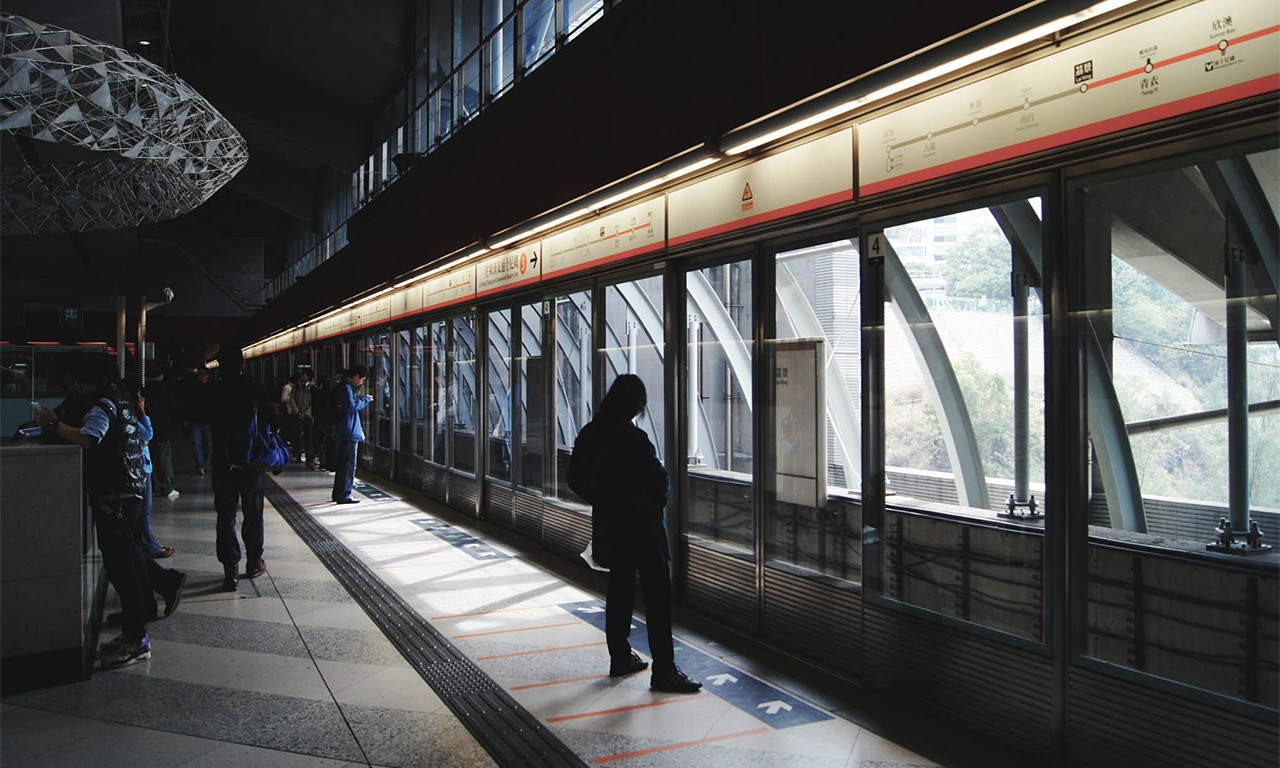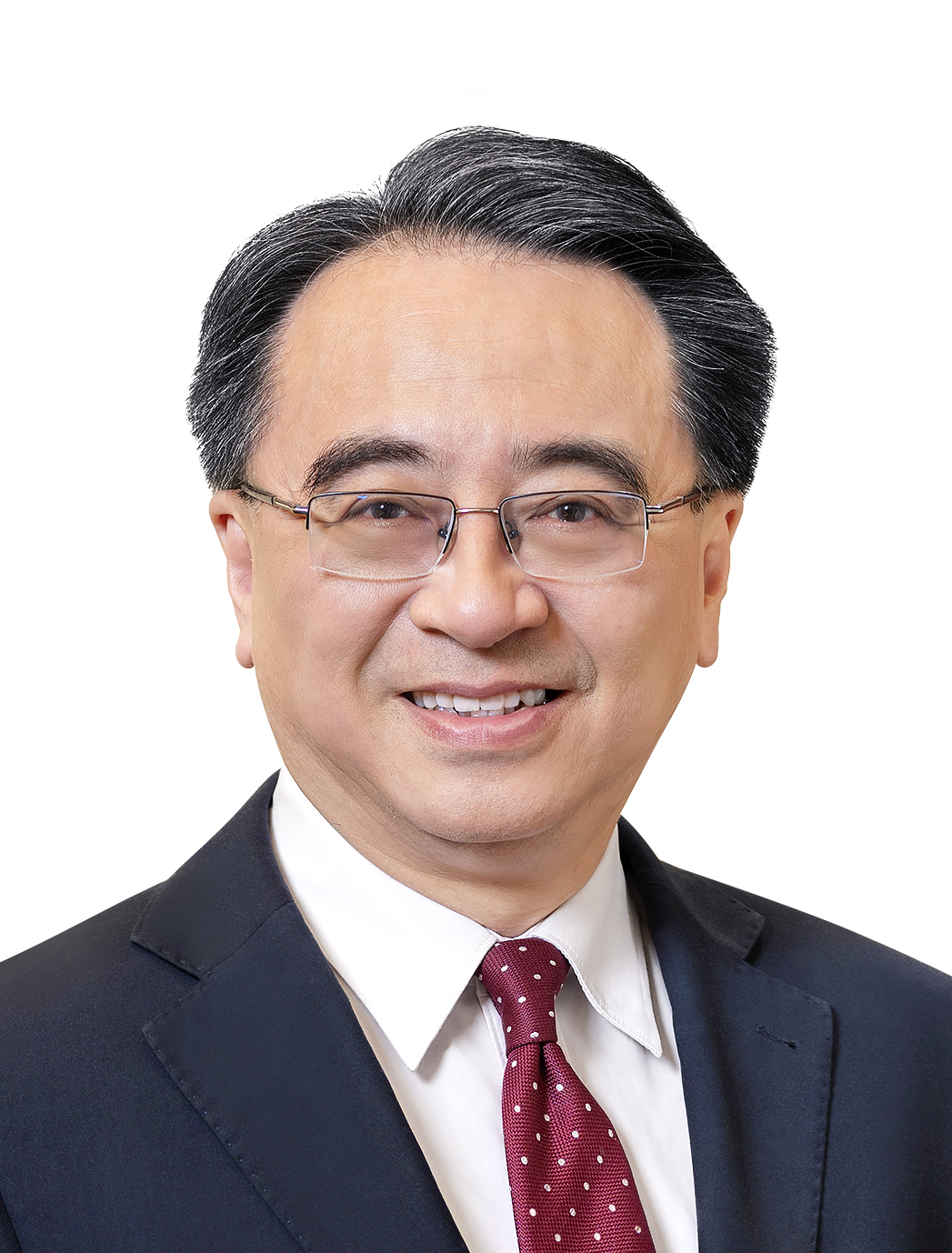The conventional wisdom about sustainable urban mobility is that governments can effectively lower transport emissions by shifting commuters from personal cars to more sustainable modes like public transit, walking, or cycling as much as possible. Hong Kong, which ranks as the world’s top public transit network, accounting for a whopping 71% of distance traveled, should be the envy of government leaders.
Yet Hong Kong isn’t on track to meet its Paris Agreement goals of limiting global warming to 1.5°C because it relies on a carbon-intensive energy grid, according to an Oliver Wyman Forum analysis of urban mobility emissions. If Hong Kong had a grid that was as low carbon as New York’s or was sourced by sustainable energy, it would meet the 1.5°C warming target, according to our analysis – although Hong Kong has plans for zero-carbon electricity generation before 2050. “Overcoming our climate challenges require both creative, short-term tech solutions and longer-term green financing and shift to cleaner energy generation”, says Jacob Kam, CEO of MTR Corporation, Hong Kong’s public transit provider.
“People may be surprised that with a reasonably moderate investment, they can get significant improvement in terms of environmental focus,” Kam says. “That’s the kind of area where we're investing.”
Kam spoke recently with Andreas Nienhaus, co-lead of the Oliver Wyman Forum’s Mobility initiative, and Imke Wouters, an Oliver Wyman partner in Hong Kong.
What are the next steps for a mobility network as sustainable as Hong Kong’s?
Hong Kong is successful in building a comprehensive public transport network including railway, but we also have an extensive last mile connection with minibuses and so on. The next step will really be the electrification of buses.
There are well established technologies that will let us run our buses on electricity. Depending on the steady supply of green hydrogen, we may jump to hydrogen transport more quickly than we originally anticipated, but our government would need to formulate the Strategy of Hydrogen Development in Hong Kong first. The original steps are to turn everything into electric modes first, then when hydrogen has a steady supply and relevant infrastructure is ready, we can then move on to hydrogen-based fuel public transport. For MTR, we will be testing hydrogen fueled light rail.
We’re trying to create carbon-neutral stations for new rail lines that will not require additional energy supply to power their operations. For example, we can better utilize energy with a method called regenerative braking, in which a train stopping will convert kinetic energy to electrical energy.
MTR now has an approved science-based target up to 2030. If we look at the next seven years, a majority of the decarbonization effort will come from electricity generation. We understand that we’ll have to pay more in electricity tariffs to enable the electricity companies to decarbonize, but we’re willing to do that to support their work.
Among all these objectives, what do you see as the biggest challenge in going carbon neutral by 2050 for Hong Kong?
It’s the usual business question: Our investors and shareholders will look for return on investment. They say, “We’re spending all this money on decarbonization, what’s the benefit?” A lot of initial investments improve energy efficiency, which will save on our energy bills. That itself can be used to justify some of the investment.
But sooner or later, we’re no longer going to see an energy bill reduction. So how do we justify further investment? This is not about the survival of the company; this is about survival of the human species. That is probably worth more return than any of the investment that we might be thinking of.
But that’s not always resonating with everyone. Some of the investors take a shorter-term view and want an ROI in the next five years. It is a challenge to change that short termism. I was told the other day, “Don’t worry about the Earth. The Earth will survive, it’s humans that will go extinct.” I guess they had a point. To protect human civilization, we need to do more. My concern is that we don’t do enough in time.
What’s the key thing other cities can learn from Hong Kong?
Don’t give up.
For the metro systems, after COVID, some of them are facing financial instability challenges. They’re not talking about ESG or decarbonization. They’re just talking about having enough money to keep running the service. It’s a major challenge. They don’t even have enough money to run or upgrade service. So how can they have additional money to decarbonize? My worry is that people will just give up because the challenge is so huge that it’s insurmountable.
What’s needed to make sure people don’t give up?
Green financing is the issue. It requires the same level of investment return, which discourages people to make use of it. But if lenders can come with a lower funding cost, then companies can use the money to invest in green initiatives. If you ask for the same interest rate or return, it’s just as hard as any other funding.
In a short-term perspective, the key challenge is what you just addressed: how to most efficiently invest in the way forward.
In a way, we’re fortunate that at MTR, up to now, we have had enough resources that we could commit to green financing. We have a lot of ongoing investments that are due in the next five years or so. And the market knows and expects that we would adhere to our schedules to replace the existing assets, so it's a great way for us to bring in those with higher energy efficiency.
For example, when we replace chillers, we want to have the most environmentally friendly chillers that we can buy. We can also install the new AI assisted control systems to enhance energy efficiency further.
Often, we can’t achieve a perfect balance between sustainability, efficiency, and accessibility. How would you ensure we maximize every dimension even if we can’t do so all at once?
Technology can change the landscape completely, so we are making our small efforts in investing in sustainable tech.
I personally believe that there is a major gamechanger, which is what I call transparent solar panels. In Hong Kong, if we can only install solar panels on rooftops, that’s a very limited area. Hong Kong is a vertical city with lots of windows. If we can turn all the windows into solar panels, that changes the situation completely. We have designated one rail station and use it to test new technologies, especially the environmentally friendly tech. We’ve installed and trialed these solar panels in the station. Currently the generation efficiency is relatively low, but I’m sure the tech will mature over time. If we have that, that will change quite significantly our renewable energy generation pattern.
We try to invest in tech that can be retroactively fitted into our network. Not everyone can afford to buy a new fleet of trains or a new system of every type. Retrofitting into existing systems and improving efficiency or performance would be helpful.
People may be surprised that with a reasonably moderate investment, they can get significant improvement in terms of environmental benefits. That’s the kind of area where we're investing.


